Are You Above Or Below The Area Median Income Where You Live? Why It Could Matter
Regular Accidental FIRE readers know I have super intelligent artificial intelligence bots constantly scouring the internet for cool mapping tools to help with any aspect of personal finance. And when I find a good one worth highlighting I put the spotlight on it.
I do an annual post about median household family income by state per the official U.S. Census Bureau data in the fall. I’ve also mentioned median income in other posts, notably in a post last fall where I showed that median incomes in America have mostly kept up with inflation since 2017.
In another post I cited data that shows average hourly wages have actually beat inflation for this entire century. Why all this focus on incomes? Well this is a personal finance blog at heart, and to get to financial independence it helps to have a bigger income.
But there are certain Federal programs, most notably regarding housing, that rely on the area median income (AMI) of a location as a benchmark for eligibility.
What Is AMI
AMI stands for area median income and is defined thusly:
Each year, HUD calculates the area median income (AMI) for every geographic region in the country by using data from the US Census based American Community Survey. The area median income is the midpoint of a region’s income distribution, meaning that half of households in a region earn more than the median and half earn less than the median. A household’s income is calculated by its gross income, which is the total income.
Importantly, note that AMI is a household income measure, not an individual measure.
Once you know the AMI of an area then you can gauge eligibility for certain Federal assistance programs based on that number. This fact sheet gives a good rundown of the levels typically used (80% of AMI, 50% of AMI etc).
What programs use AMI as a determining factor for eligibility? Let’s first look at Fannie Mae.
Fannie Mae Programs
There are two main Fannie Mae programs that use area median income as a measure for eligibility, called RefiNow and HomeReady Mortgage respectively.
I’ll let Fannie Mae explain:
RefiNow™ is an affordable refinancing option aimed at making it easier and less expensive for qualifying homeowners to refinance. Available to borrowers at or below 100% of the area median income with debt-to-income (DTI) ratios up to 65%, RefiNow offers features that help to address some of the barriers to refinance and is a great option for creditworthy borrowers who may not have previously qualified.
And HomeReady Mortgage:
Our low down payment HomeReady® Mortgage is designed to help lenders confidently serve today’s credit-worthy low-income borrowers. HomeReady is available when purchasing or refinancing any single-family home, as long as the borrower meets the income limits of the property location. (Income eligibility limits may help lenders meet applicable Community Reinvestment Act goals.)
The income limits for a HomeReady mortgage vary depending on where you live. That said, Fannie Mae has a cool mapping tool to help you quickly find the area median income in your county and that helps you determine your eligibility for certain programs.
The Map
Fannie Mae hosts the very literally named “Area Median Income Lookup Tool” and it’s pretty simple and easy to use. Just click on a county or area of interest and the map will instantly zoom there and display a pop up with information. I chose a county in southwest Virginia.

As you can see in the graphic above the pop up window shows the median income of the area which is usually a county but could be a city or municipality. It then does the simple math of breaking down the 80% and 50% numbers from that median. Those are referred to as “LI” and “VLI” which stand for low income and very low income.
Notice that for Floyd County VA eligibility for the HomeReady Income Program is 80% of the area median income. So if you make more than $55,520 in this county you are not eligible.
The next set of data in the pop up provide the conforming loan limits from Fannie Mae as well as whether or not the county is a special focus area.
What other government programs use AMI?
HUD
HUD’s Housing Choice Voucher Program is the main way to get federal assistance with housing. HUD describes it as:
The housing choice voucher program is the federal government’s major program for assisting very low-income families, the elderly, and the disabled to afford decent, safe, and sanitary housing in the private market. Since housing assistance is provided on behalf of the family or individual, participants are able to find their own housing, including single-family homes, townhouses and apartments.
To be eligible for a HUD Housing Choice Voucher, your household income must be at or below 50% of AMI.
Lastly another program that uses AMI for eligibility is the Emergency Rental Assistance (ERA) program administered by the U.S. Department of the Treasury. This was passed by Congress in late 2020 as part of covid emergency relief packages. To qualify you must be below 80% of the AMI and under 50% in some cases.
You can read more about it here.
FIRE Folks?
Reading about these assistance programs that are based on area median income may have you pondering “what about those FIRE folks who are retired early because they’re financially independent and have a couple million in the bank but very little income? Do they qualify?”
It’s common knowledge that many in the FIRE crowd who have retired and have little or no income but a very large net worth take ACA subsidies which are only income based. I’m not passing judgement, just stating facts.
In the case of the programs I’ve mentioned in this post, I didn’t dig deep but from what I can see they are indeed income based and might not be means tested from a net worth perspective. But I’m assuming the government has a way of weeding out rich people whose income is low and meets AMI criteria for these programs.
Then again I work for the U.S. Government and can attest to the often mass incompetence and ineptitude caused by the sheer bureaucracy of it all. So nothing would surprise me.
So there you have it financial warriors, a simple mapping tool to help you determine where your household income falls as compared to your area median income. I’ve posted about tons of mapping tools that show various aspects of money and finance from a location perspective, check out my Geoarbitrage page for a detailed list.








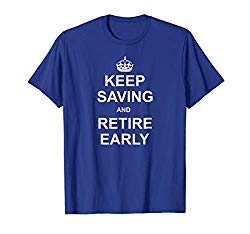





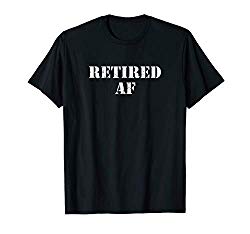
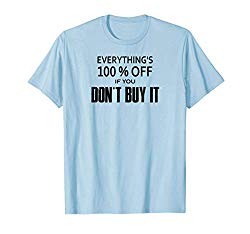
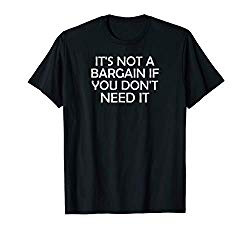



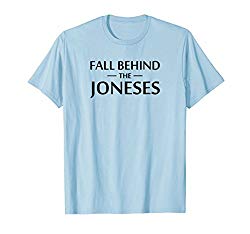




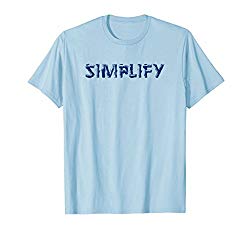

















i can assuredly say we qualified for a gigantic tax credit just for living in a “poorer” county when we spent a bunch of money to fix up our house. even though we live in a good neighborhood we got about 8 grand back through a state program. we played by all the rules and filled out the approvals ahead of time and it worked out great.
i imagine the ones you mention are similarly friendly if you’re organized and know about the programs. i think most people either don’t realize they exist or the prospects of applying is too daunting to try. it’s good you highlighted them.
Yeah that was part of the impetus for this post, I think many folks don’t even know about these programs and could be hovering near the cusp of the income cut-offs.
I would imagine though if you do live in an area with a lower AMI, the infrastructure may not be as great because the tax base is lower (lower property and sales tax) than with areas with million dollar homes and high-end stores. While you could qualify for some of these programs in these lower income, I wonder what quality of life would be if you could live somewhere else, and instead don’t have the sidewalks, parks, trails, libraries, etc that you may have in a higher AMI area.
Then again, I guess saving money on lower living costs, plus adding value to run down neighborhoods to bring them up, is still a good thing!
Everything’s a trade-off, but having grown up in Baltimore (very poor area) and now living in the D.C. area which is the highest income area in the US, I’ve seen that income level doesn’t always correlate with how nice an area can be. It very often does however and those are the tradeoffs we all have to make.
You still have to go through the bank to get a mortgage, right? From what I heard, it’s very difficult to get a mortgage once you FIRE. No earned income and no fixed income.
I guess we’ll deal with it when we have to.
I’ve heard It can be too but there is such a thing as an asset-backed mortgage meaning your investments are considered and the Millennial Revolution couple (Bryce I think his name is?) did a big post on it when they bought a house after moving back to the states.
Actually, I think it was Jeremy at GCC: https://www.gocurrycracker.com/getting-a-mortgage-without-a-job/